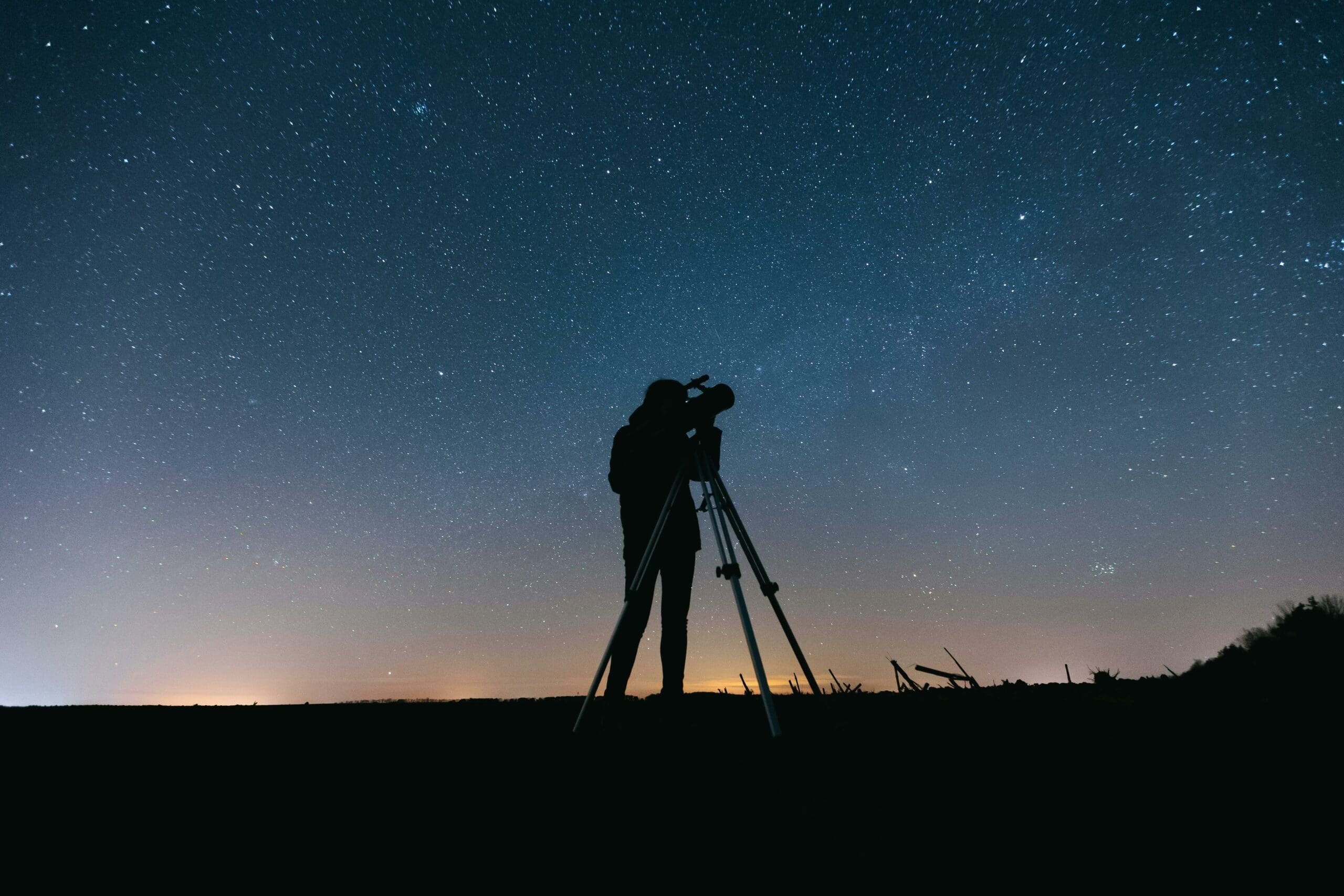
Telescopes Facts for Kids – 5 Terrific Facts about Telescopes
Table of Contents
How do you think telescopes work?! Let’s learn five terrific telescopes facts for kids.
Telescopes Facts for Kids Fact Number 1: There Are Two Types of Light Telescopes
The two types of light telescopes are refracting telescopes and reflecting telescopes. A refracting telescope uses lenses at each end. A lens is a curved piece of glass that bends the light coming from an object in order to see it. A reflecting telescope uses curved mirrors instead of lenses. A reflecting telescope reflects the light off the object it is looking at through mirrors which allow you to see the object more clearly and magnified. Some telescopes use both lenses and mirrors. Reflecting telescopes are much more powerful than refracting telescopes.

Telescopes Facts for Kids Fact Number 2: Telescopes Are Mainly Used for Astronomy
A telescope is an instrument that allows people to see distant objects. Telescopes are important tools in astronomy and have allowed and still allow people to study planets, stars, and other space objects. There are several different types of telescopes. Light telescopes are a type of telescope that gather light from objects. The optical technology that is used in some telescopes is also used to make binoculars and cameras. The first telescopes were used by sea merchants and the military. The word telescope is derived from the Greek words meaning “far or distance” and “to look and see”.

Telescopes Facts for Kids Fact Number 3: There Are Telescopes in Space
Many spacecrafts carry light telescopes on board to observe space more clearly. The Hubble Space Telescope is a reflecting telescope which has orbited Earth on a spacecraft since 1990. It is one of the most famous telescopes in the world today. Being outside the Earth’s atmosphere allows the Hubble to view outer space and take outstanding pictures of stars and galaxies. The successor to the Hubble Telescope is the James Webb Space Telescope. It was launched into space on 25 December 2021.
Telescopes Facts for Kids Fact Number 4: Hans Lippershey Invented The Telescope
The first telescope invented was a refractor telescope invented by Dutch eyeglass maker Hans Lippershey in 1608. A year later Galileo Galilei made improvements on this telescope and became the first to use the telescope for astronomy. The main aim behind the invention of a telescope by Galilei was to observe the moon and Jupiter more closely. It is said that Galilei also looked directly at the Sun with a telescope and as a result became blind in later years. In the late 1600s, Isaac Newton, who came up with the idea of gravity, also developed the reflecting telescope.
Telescopes Facts for Kids Fact Number 5: Observatories Hold Big Telescopes
Most light telescopes are quite small and easy to hold. Buildings called observatories hold much larger and more powerful light telescopes. Objects that don’t reflect a lot of light need bigger telescopes in order to view them clearly. The size of the aperture of a telescope determines how much light can be reflected. The aperture is the length of the opening on the front of a telescope. The bigger the aperture, the more light can enter the telescope. You can imagine the aperture of a telescope to the pupil to your eye. Telescopes in big observatories can have apertures of over 10 metres in length.

We hope you enjoyed learning more things about telescopes as much as we loved teaching you about them. Now that you know how majestic this invention is, you can move on to learn about other inventions like: Plaster Cast, Defibrillator, Pneumatic Tyre, Ejector Seat, Radio and Telephone.
Why not subscribe to our LearningMole Library for as little as £1.99 per month to access over 3000 fun educational videos.


Leave a Reply